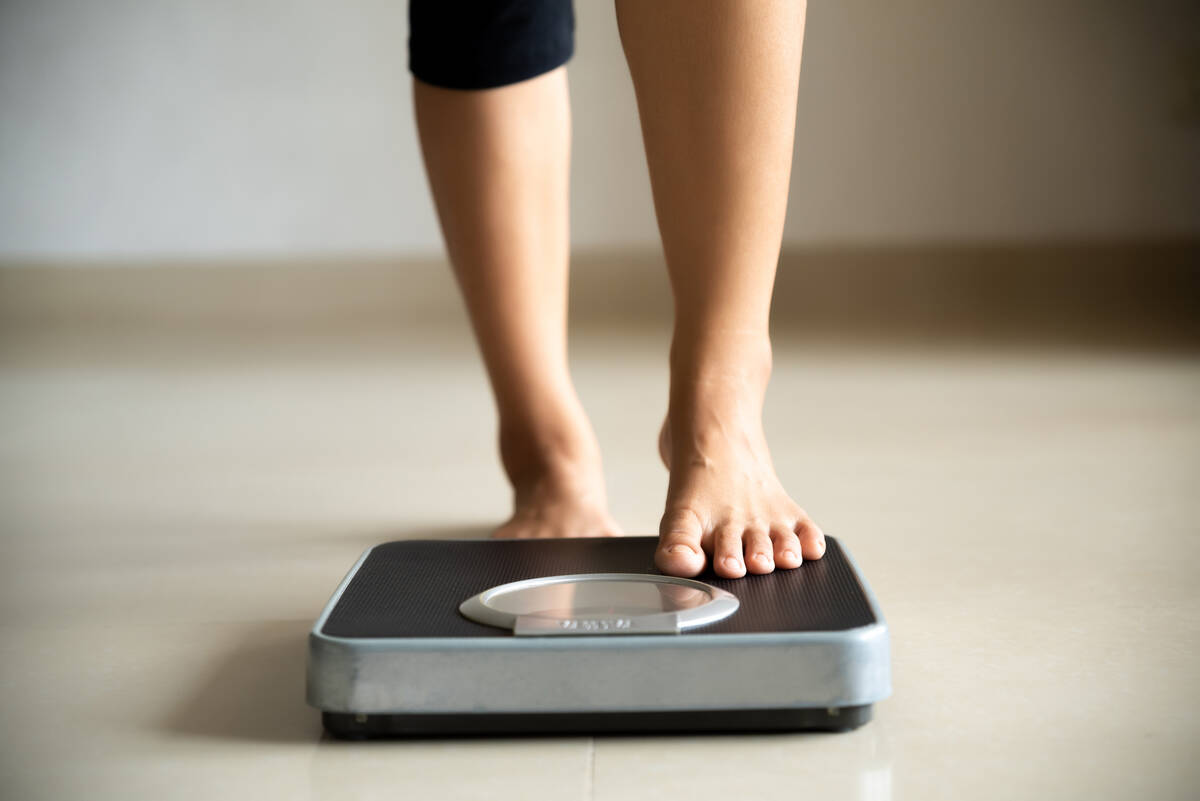Can young adults have high cholesterol?
Question: I am in my 30s and overweight, but I thought I was too young to worry about cholesterol. I just learned my cholesterol is high. I know diet and exercise are important. Do I need medication?
Answer: Cholesterol is a type of fat in our blood. Our bodies need a small amount of cholesterol to build the structure of cell membranes, make certain hormones and help with metabolism, such as producing vitamin D. The catch: We don’t need too much cholesterol.
Atherosclerosis, also known as narrowing of the arteries, happens when cholesterol builds up and blocks blood flow. This buildup is called plaque, which can clog arteries and can burst, leading to a blood clot. Atherosclerosis can cause heart problems such as chest pain (angina) or heart attack. It also can lead to problems in the brain, including transient ischemic attack, stroke, peripheral artery disease in the legs or arms, and even kidney failure.
Cholesterol and triglycerides are types of lipids. They travel in our blood by attaching to proteins. Adults 20 and older should ask their health care team about their lipid profile and how to interpret the numbers.
■ Low-density lipoprotein (LDL) cholesterol: We call LDL “bad” cholesterol. Below 100 milligrams per deciliter (mg/dl) is optimal for healthy people in the absence of coronary artery disease. If you have heart disease, your LDL should be below 70 mg/dl. Treatment decisions to reach appropriate levels need to be based on personal risk factors.
■ High-density lipoprotein (HDL) cholesterol: We call HDL “good” cholesterol. It absorbs cholesterol in the blood and brings it to the liver, which flushes it from the body. For females, it should be above 50 mg/dl. For males, it should be above 40 mg/dl.
■ Triglycerides: Triglycerides are a type of fat we use for energy. If your triglycerides level is too high, it can cause heart disease. Less than 150 mg/dl is optimal.
■ Total cholesterol: This is the sum of LDL and HDL cholesterol plus 20 percent of triglyceride levels. A total cholesterol level below 200 mg/dl is desirable.
Some people who are overweight might get heart disease not because their LDL is high but, rather, because their HDL is low and their triglycerides are high. That relationship can cause heart disease as much or even more than just high LDL cholesterol.
These lipid abnormalities are significant for young people in their 30s or 40s who are overweight. Their triglyceride levels increase, and their HDL lowers. They’re becoming prediabetic. Their LDL is staying the same, but they’re still heading toward heart disease.
Treating high cholesterol depends on individual risk. The higher the risk — for example, with someone who already had a heart attack — a higher percent of reduction is needed. Medication to lower cholesterol can reduce LDL by about 60 percent to 65 percent. Lifestyle changes can reduce LDL by 10 percent to 15 percent.
Several medications can help manage lipids. Discuss options with your health care team.
The body’s ability to handle cholesterol is genetically determined. Genetic disorders that raise cholesterol levels are common. Familial hypercholesterolemia usually is caused by a genetic mutation preventing the body from clearing cholesterol. People with the condition are more likely to require medication to reduce their cholesterol levels.
For people with genetic disorders that expose them to elevated cholesterol since birth, heart disease can happen at a younger age. So, we start treating their high cholesterol with medication at a young age.
Beyond medication, lifestyle modifications help manage lipids:
■ Limit meat and dairy intake; they have saturated fat, which raises LDL cholesterol.
■ Consume more fish, soluble fiber, fruit and vegetables.
■ Avoid diets high in carbohydrates, particularly refined carbs such as sugar and white flour. They raise the blood sugar level quickly, raising triglycerides. Reducing simple refined carbohydrates helps lower triglycerides and weight because you store less fat.
■ Control your weight. It lowers your triglycerides and improves your HDL levels.
■ Engage in about 150 minutes of aerobic activity a week at a moderate intensity. (Moderate intensity means exerting yourself hard enough that you have to breathe through your mouth. If you’re breathing through your nose, that is low intensity.) Exercise prevents cholesterol from building up, but it doesn’t change LDL concentration levels. You must burn about 2,000 calories a week to lower LDL concentration. However, exercise helps lower triglyceride levels and maintain weight loss.
■ Do strength training at least twice a week. It helps your cardiovascular and muscular systems. Not everything we do to prevent heart disease is about cholesterol.
The National Heart, Lung and Blood Institute recommends people get their first cholesterol screening between ages 9 and 11, and repeat it every five years. For men 45 to 65 and women 55 to 65, cholesterol screenings should occur every one to two years. Over 65? Test annually. More frequent testing may be needed for people who have or are at risk for coronary artery disease.
Dr. Regis Fernandes specializes in cardiovascular medicine at the Mayo Clinic in Phoenix.













